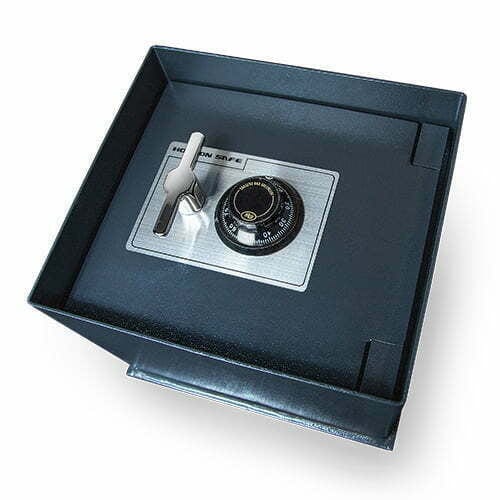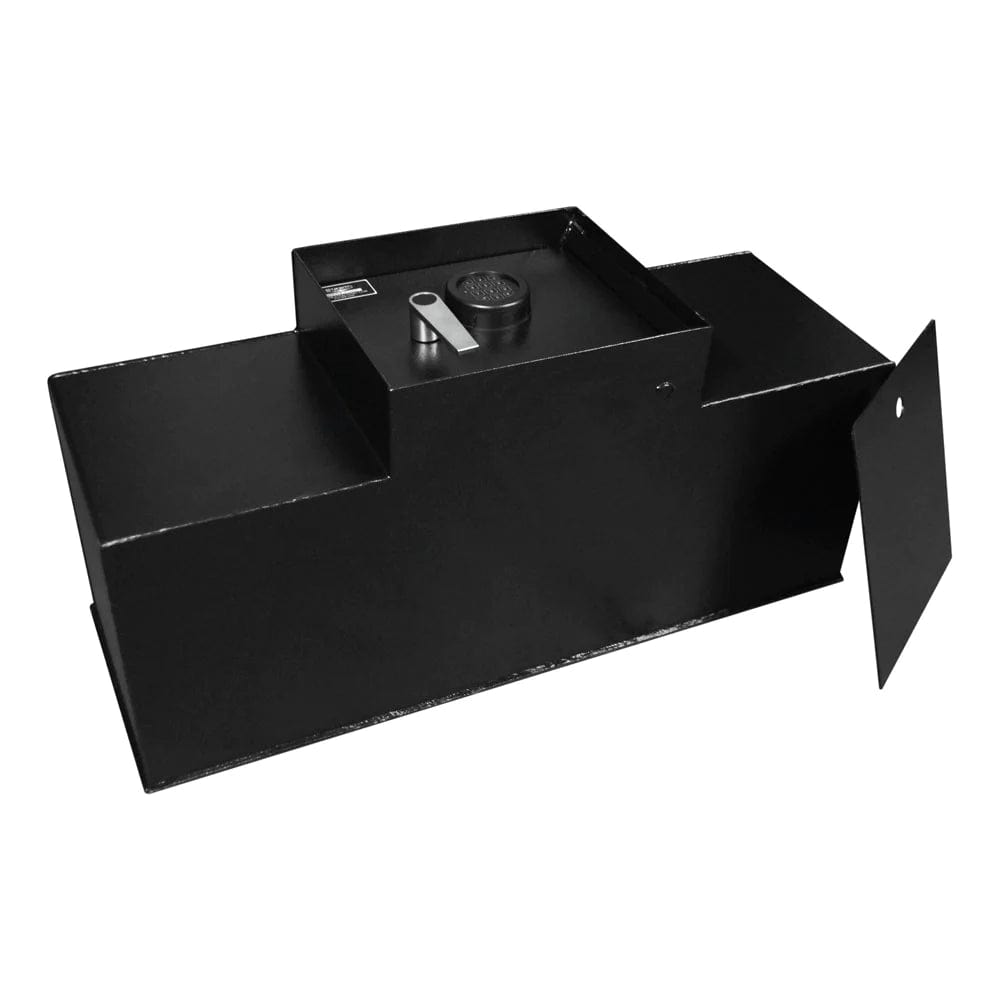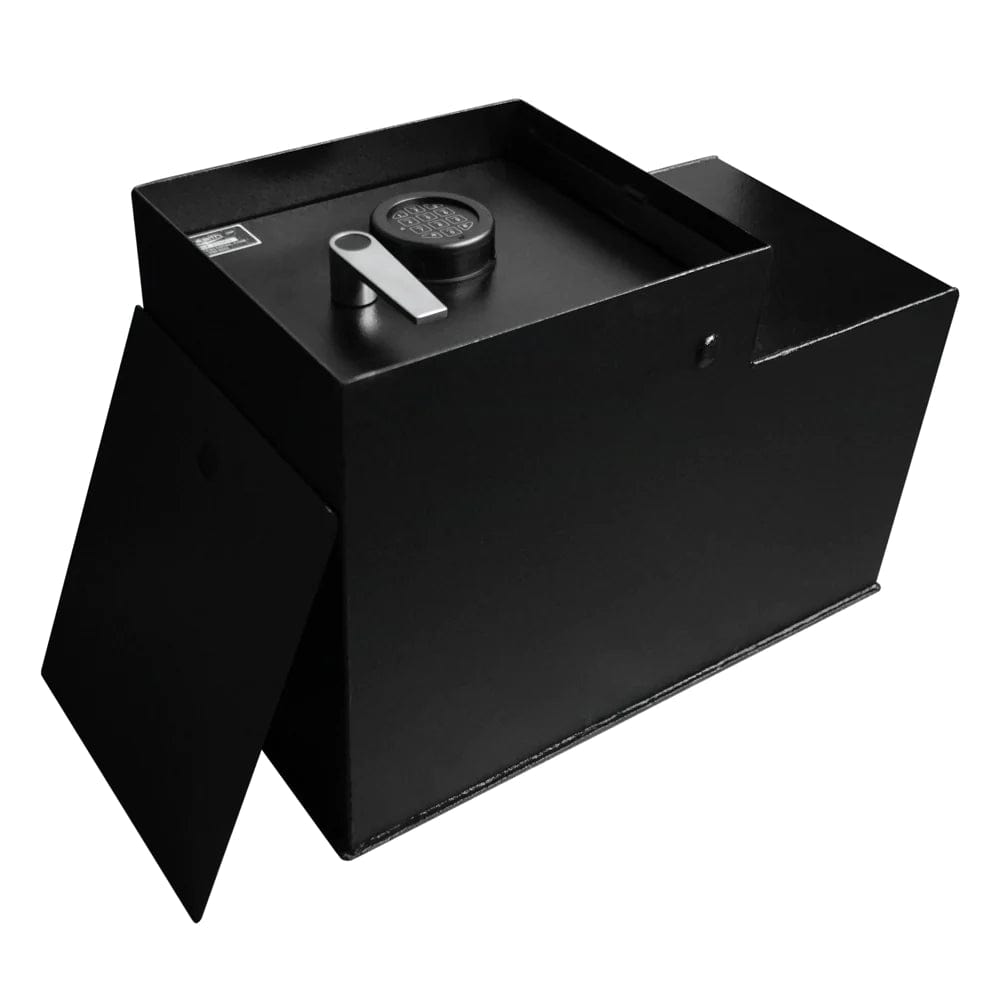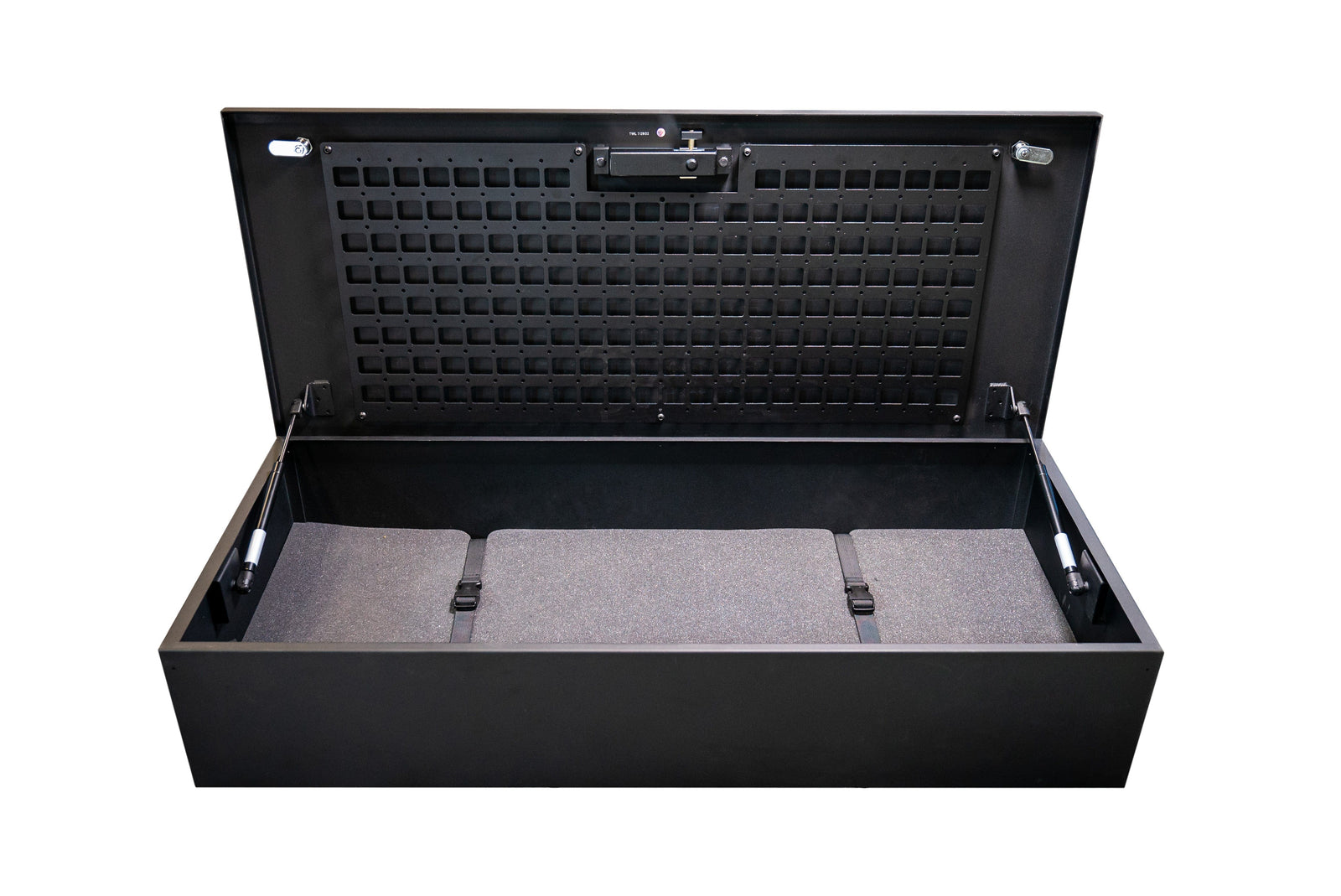Floor and Wall Safes: A Comprehensive Guide
When it comes to securing your valuable possessions, floor safes and wall safes are two popular options that offer discreet and effective storage solutions. Each type of safe has its own advantages and considerations. In this comprehensive guide, we'll explore the features, benefits, and considerations of floor safes and wall safes to help you make an informed choice for your security needs.
Floor Safes:
✔️ Built-In Discretion: Floor safes are designed to be installed within the floor, making them highly discreet and concealed. They can be hidden under carpets, rugs, or furniture, making them less likely to be noticed by intruders.
✔️ Security and Burglary Resistance: Floor safes are typically well-protected against burglary attempts. They are encased in concrete or steel, which provides excellent resistance to forced entry.
✔️ Large Storage Capacity: Floor safes often offer a larger storage capacity compared to wall safes. They are suitable for storing documents, jewelry, cash, and other valuable items.
✔️ In-Floor Installation: Installing a floor safe requires cutting into the floor, which can be a more involved process than mounting a wall safe. Professional installation is recommended to ensure the safe is properly secured and concealed.
✔️ Fire Protection: While some floor safes offer fire protection, not all of them are equipped with this feature. If fire resistance is a priority, be sure to select a floor safe with adequate fireproofing.
Wall Safes:
✔️ Space Efficiency: Wall safes are designed to be mounted within a wall, saving valuable floor space. They are particularly suitable for smaller rooms where floor space is limited.
✔️ Easy Access: Wall safes are typically installed at eye level, providing convenient access to your valuables without bending down or kneeling.
✔️ Quick Installation: Mounting a wall safe is relatively straightforward and can often be done as a DIY project. However, it's crucial to ensure proper installation for security.
✔️ Concealment Options: Wall safes can be concealed behind artwork, mirrors, or furniture, adding an extra layer of security. This hidden location can deter burglars.
✔️ Moderate to Limited Storage: Wall safes tend to have a smaller storage capacity compared to floor safes. They are suitable for securing smaller items, such as passports, handguns, and essential documents.
✔️ Fire Resistance: Some wall safes are equipped with fire-resistant features, making them suitable for protecting sensitive documents from fire damage.
Considerations for Both Types:
✔️ Security Features: Look for safes with advanced security features like electronic locks, biometric access, or keypad entry for added protection.
✔️ Fire Protection: If you intend to store important documents or items sensitive to fire, choose a safe with adequate fire resistance.
✔️ Installation: Professional installation is recommended for both floor and wall safes to ensure proper security and concealment.
✔️ Access Mechanism: Consider the ease and convenience of the access mechanism (combination lock, biometrics, etc.) when selecting your safe.
✔️ Budget: Prices for floor and wall safes can vary widely, so establish a budget that aligns with your security needs.
Ultimately, whether you choose a floor safe or a wall safe depends on your specific requirements, available space, and the level of discretion you desire. Both types of safes can provide effective protection for your valuables when selected and installed correctly.


























